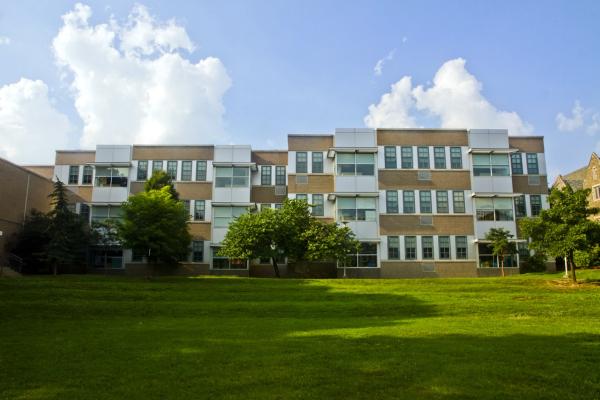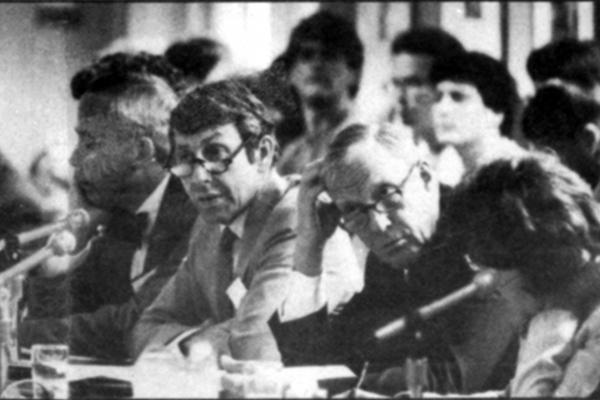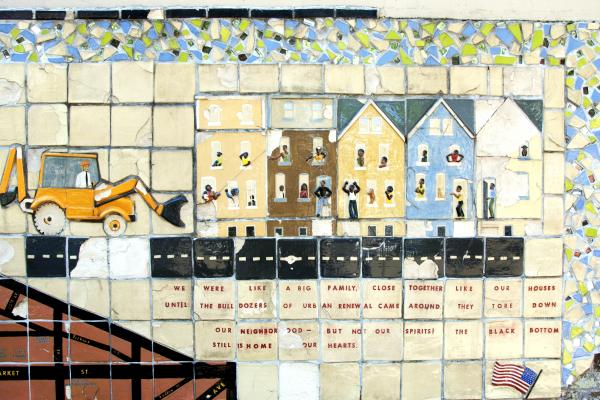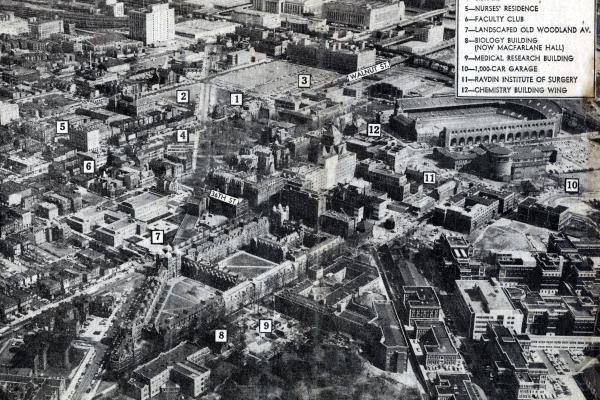In Your Neighborhood: University City

At the turn of the Millennium, the University of Pennsylvania, under President Judith Rodin, orchestrated the West Philadelphia Initiatives, a proactive, multipronged strategy to improve social and economic conditions in Penn’s neighborhood of University City.

In the 1970s, the University of Pennsylvania turned inward from West Philadelphia, unable and unwilling to restore its frayed community relations in the face of an unprecedented rise in violent crime.

The University of Pennsylvania’s role in the creation of the University City Science Center in RDA Unit 3, a working-poor, majority-African American neighborhood known locally as the “Black Bottom,” severely damaged its community relations for decades to come.
Drexel’s campus expansion, funded by federal and city urban renewal dollars in the decades following World War II, brought the University into conflict, first with Penn and then with Drexel’s neighbors in Powelton Village.
The Drexel Institute had only a peripheral and grudging involvement in the creation of the University City Science Center, a project of the West Philadelphia Corporation (WPC) in Unit 3.
The Drexel Institute of Technology’s successful efforts to receive half of University Redevelopment Area Unit 1—originally designated exclusively for the University of Pennsylvania’s campus expansion—asserted the Institute’s importance as a rising educational institution in West Philadelphia.

Under President John Fry, Drexel adopted a two-prong approach to neighborhood community development—creating a university-assisted middle school and a neighborhood center to connect community partners with Drexel resources.
In the 2010s Drexel launched a building boom of mixed-use commercial developments along Chestnut Street and on streets that intersected with the campus.
Drexel President Constantine Papadakis guided Drexel out of near bankruptcy and into a new millennium by refocusing the University as a student-centered institution emphasizing three essentials: “co-op, urban location, technology.”

In the 1960s, the University expanded west and north in Redevelopment Authority Unit 4, drawing upon both federal and state urban renewal building funds.